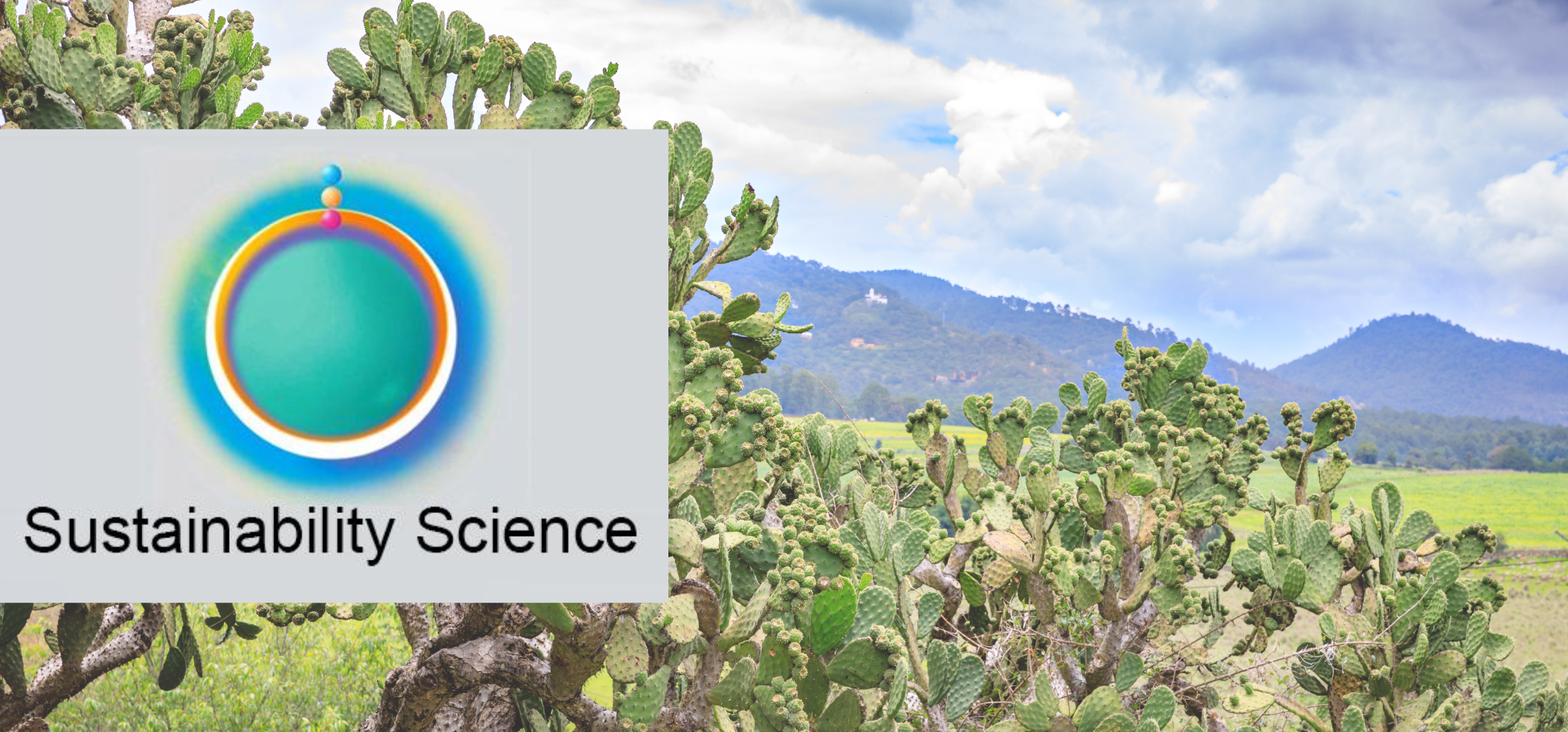
The latest paper led by FABLE Mexico has been published in Sustainability Science, as part of the Special Issue 'Globally-Consistent National Pathways towards Sustainable Food and Land-use Systems'.
Authors: Charlotte González-Abraham, Cynthia Flores-Santana, Sonia Rodríguez-Ramírez, Marcela Olguín-Álvarez, Arturo Flores-Martínez, Juan Manuel Torres Rojo, Gerardo Bocco Verdinelli, Claudia A. Fernández Calleros & Gordon C. McCord.
Abstract
Mexico aims to develop highly productive and sustainable food systems that ensure national self-sufficiency. This paper employs an integrated land-use modeling tool—the FABLE Calculator—to estimate the degree of policy ambition required for the country to meet mid-century climate, conservation and production goals in the land-use sector. We generate national-level land-use pathways to mid-century in terms of agricultural production, land use change dynamics, greenhouse gas (GHG) emissions, and availability of land supporting biodiversity under varying assumptions of national policy and productivity changes.
We estimate the effects of plausible efforts to achieve sustainability in land-use and food systems to 2050 against a business-as-usual benchmark. In the sustainable pathway, assumptions on agricultural land expansion, reforestation, and protected area expansion reflect existing and aspirational Mexican government policies aiming to improve crop yields, livestock productivity with silvopastoral systems, and GHG mitigation goals. We also model diets that evolve toward Mexican dietary guidelines for a healthier consumption of fats and oils as well as a substantial increase in the intake of fruits and vegetables, pulses, nuts, and fish.
Results suggest that Mexico can feasibly adopt a sustainable land-use pathway that provides adequate nutrition for the population by 2050, limit agricultural expansion, reduce GHG emissions, and expand forested lands. This type of integrated land-use modeling can help ensure policy coherence in land and food systems across national strategic plans for climate, biodiversity, and agricultural self-sufficiency, each spearheaded by different government agencies. Importantly, a sensitivity analysis highlights the transformative impact that diets have on land-use systems, and as such, dietary transformation should be considered in all climate mitigation plans.